Recently, I had to travel to El Triunfo, a little town in Guatemala that is cold during the morning and warm in the afternoon, where I had the opportunity to see the difference between Mission High and the schools my cousin attended in Guatemala.
My cousins, Lizeth and Miriam, who are 14 and 15 years old, have to start school at the end of January and they have to pay to get into school. I was surprised that they had to pay, as that is something I did not do when I started school here in SF.
The school they attend is a public school. In Guatemala, even if you attend public schools, you have to pay to enter and get the materials.
Since Guatemala is a low-income country, parents pay around 1,500 quetzals (191.19 USD) every month for their tuition. To continue learning, this starts in kindergarten. Because of this, some parents take their children out of school from an early age and instead take them to work, or even the students drop out of school. In the SFUSD, students go to school for free.
When I was near my family’s house, I saw children in uniforms starting school in the afternoon and returning at night. In El Triunfo, school start times are different than in the US. Their schools spread out throughout the day and classes can be from 1:30 PM – 6:00 PM compared to Mission High’s 8:40 AM to 3:40 PM schedule.
Another difference about the schools is how they have to wear uniforms. For girls, this means skirts, a cardigan with the school logo printed on it, and depending on the school, some even wear ties.
For boys, that would include wearing a shirt and pants, a cardigan with their school logo, and a tie.
Both girls and boys wear their school colors with their first and last names printed on them. They also have uniforms for physical education, where they would wear a t-shirt and pants and a sweater with the school logo and colors for boys and girls.
On the other hand, here in San Francisco, students wear what they like. Schools have clothing with logos and colors for their students, but they must be purchased, and that includes physical education clothing.
However, some schools provide clothing for their students, for example, they provide t-shirts or even pants that students can wear and keep for themselves.
During lunch in Guatemala, you might see street vendors and you can buy typical snacks like ice cream, chips, or even tamales or atole from them. Students can go outside the campus if there are food stores near the schools. This is pretty similar to the way lunch is in SF.
At the end of the school day in SF, students are so excited for class to end that they can walk out.
In Guatemala schools, at the end of school, students clean up their classroom as they are required to and it is necessary, they wipe down their tables, sweep the floors, and put their chairs away and that is their daily routine.
When I asked my cousins how they felt about school, they said that they love learning, but they find it difficult to continue school as they may not have enough money and then have to work to keep up. This is a problem in Guatemala because though students think school is important, some drop out during elementary school or 6th grade.
Here in SF, students drop out before or during high school for various reasons.
I would say that every school has pros and cons.
Since Guatemala is a low-income country, then the money that they get they may use it to make their schools better and try to improve for their students. However, my cousins have to work if they want to go to school while I can enter school for free.
Another thing is how I have to wake up early in the morning and not be able to come back home to eat but in Guatemala, you enter school in the afternoon and you can come home and eat.
Overall, it was an interesting experience to see how school is in different countries.
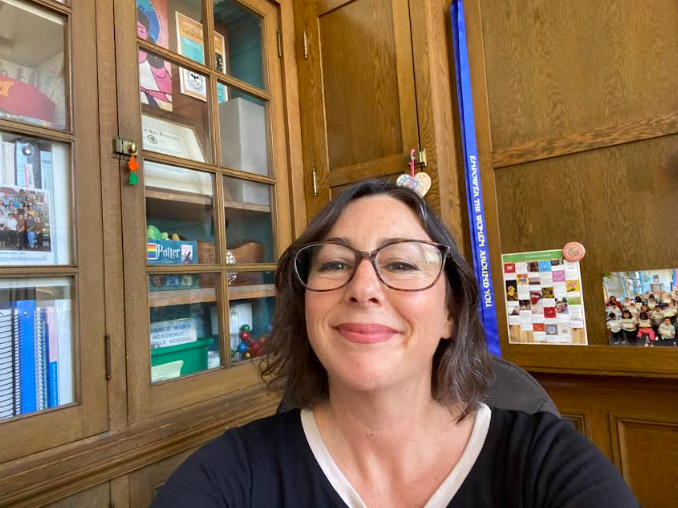
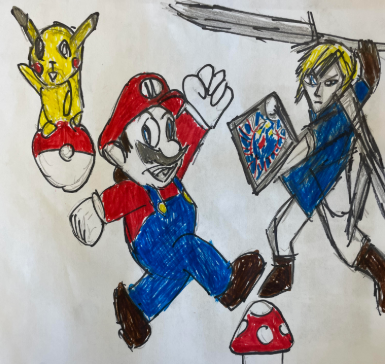
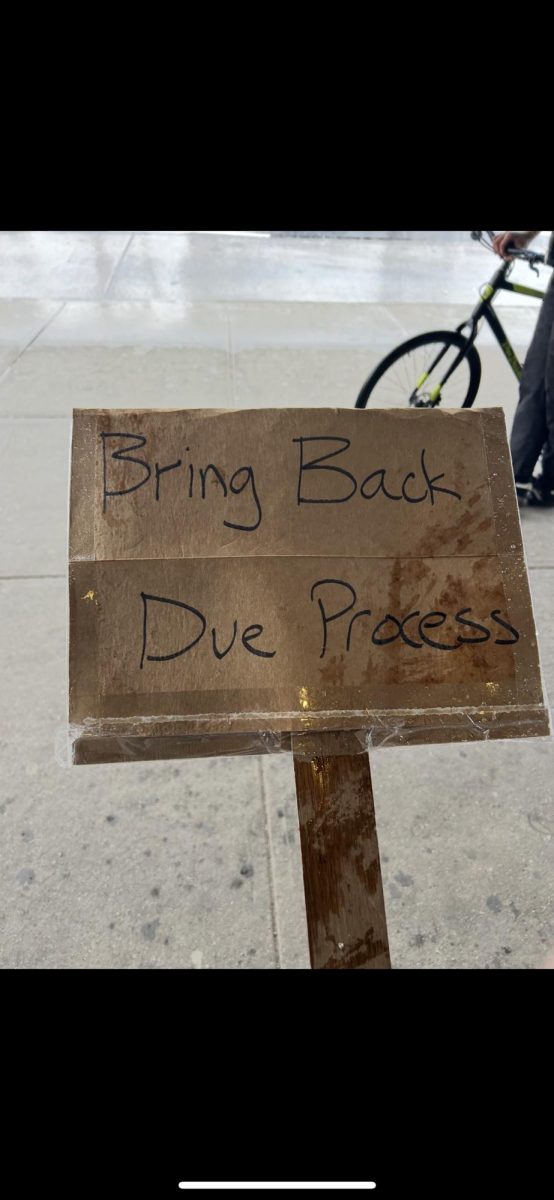
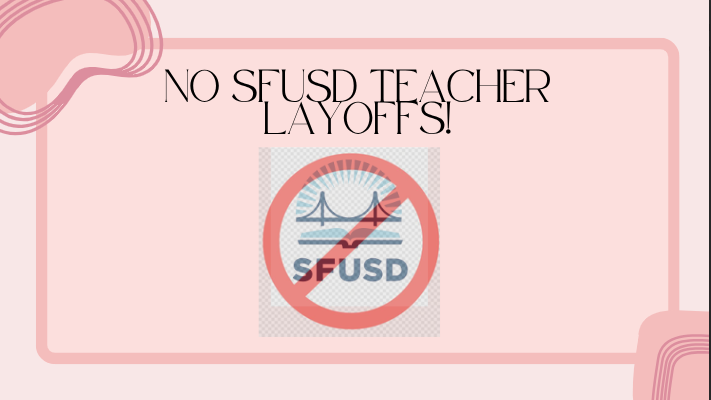
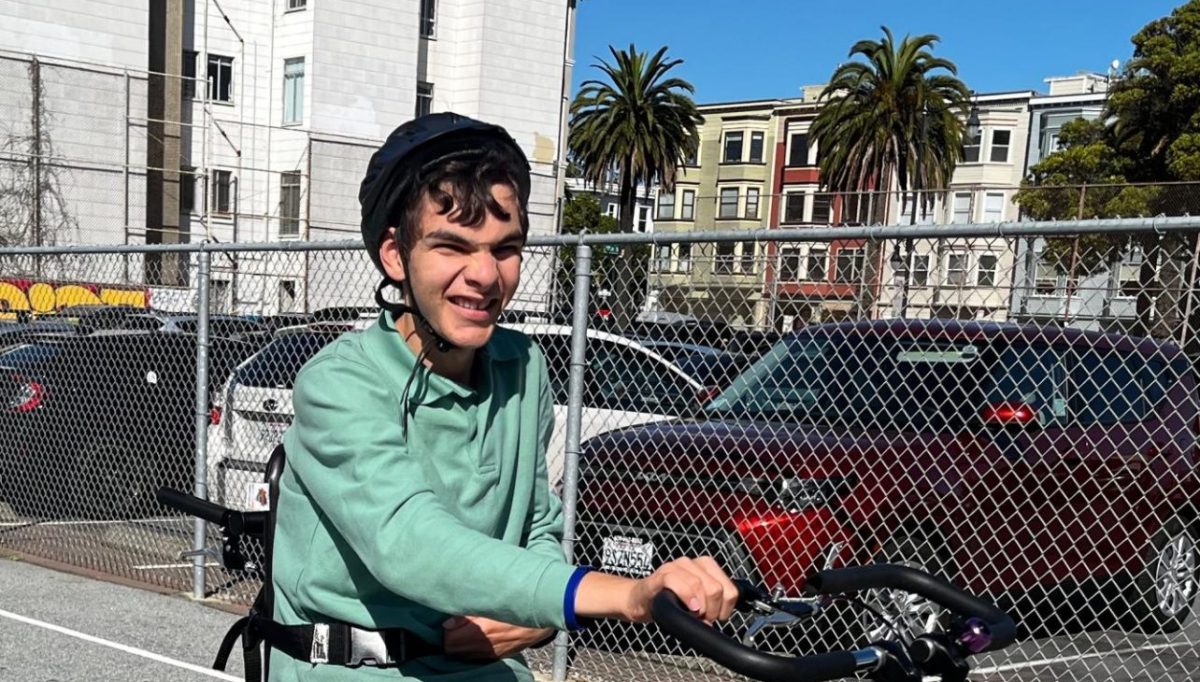

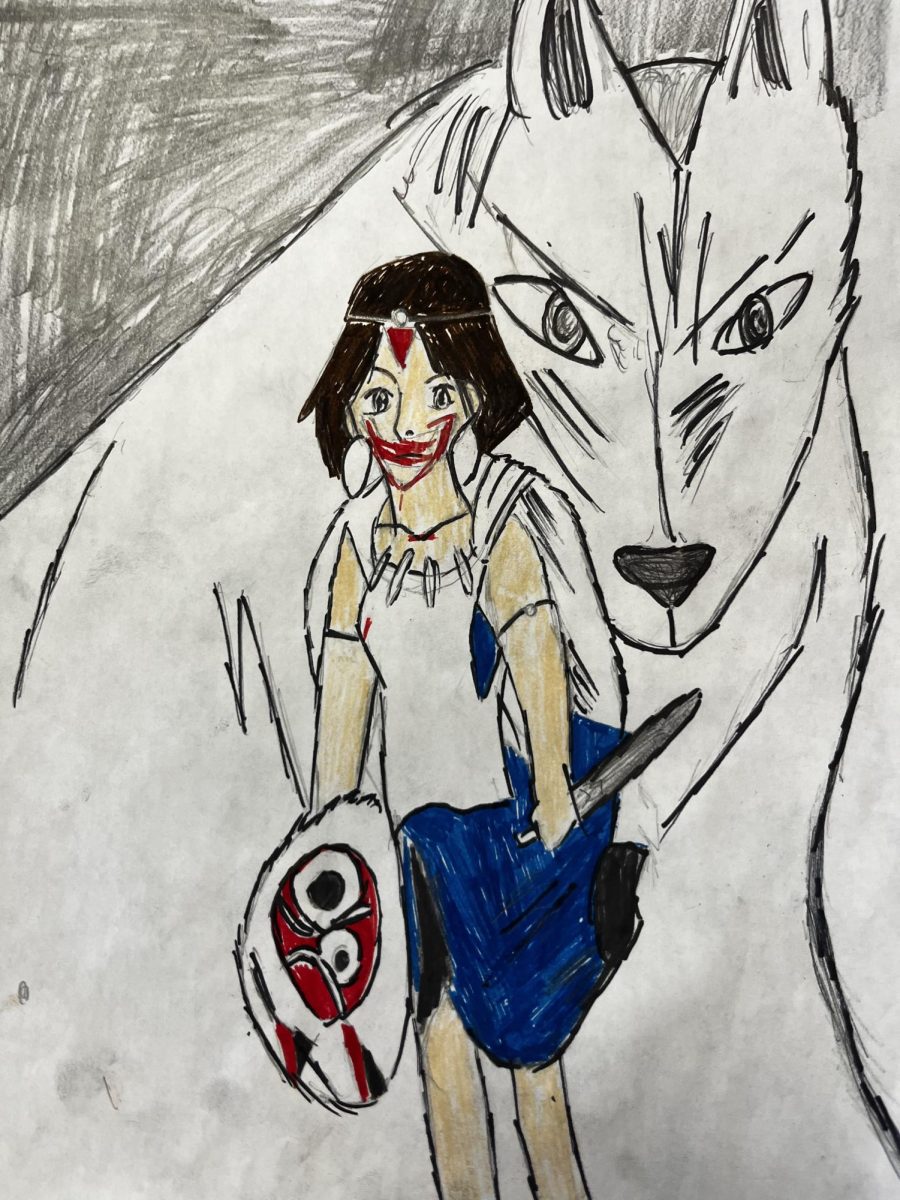
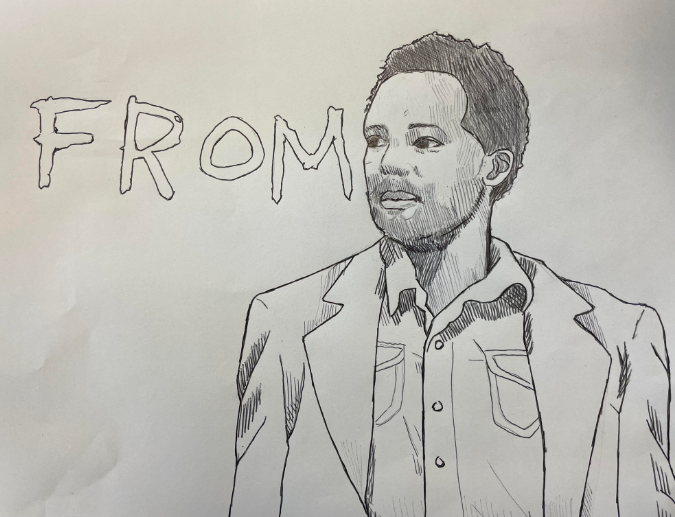
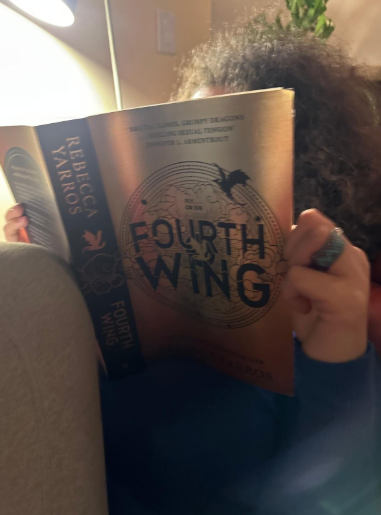
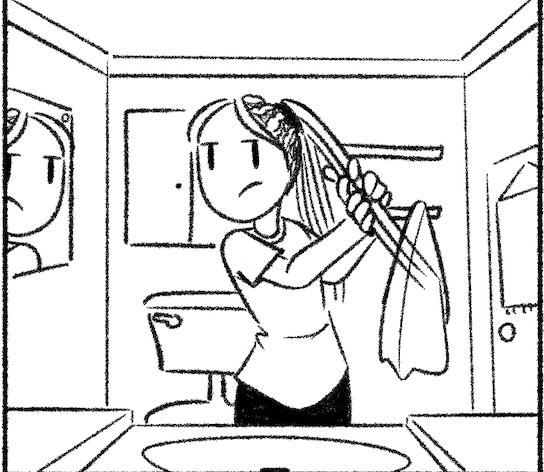
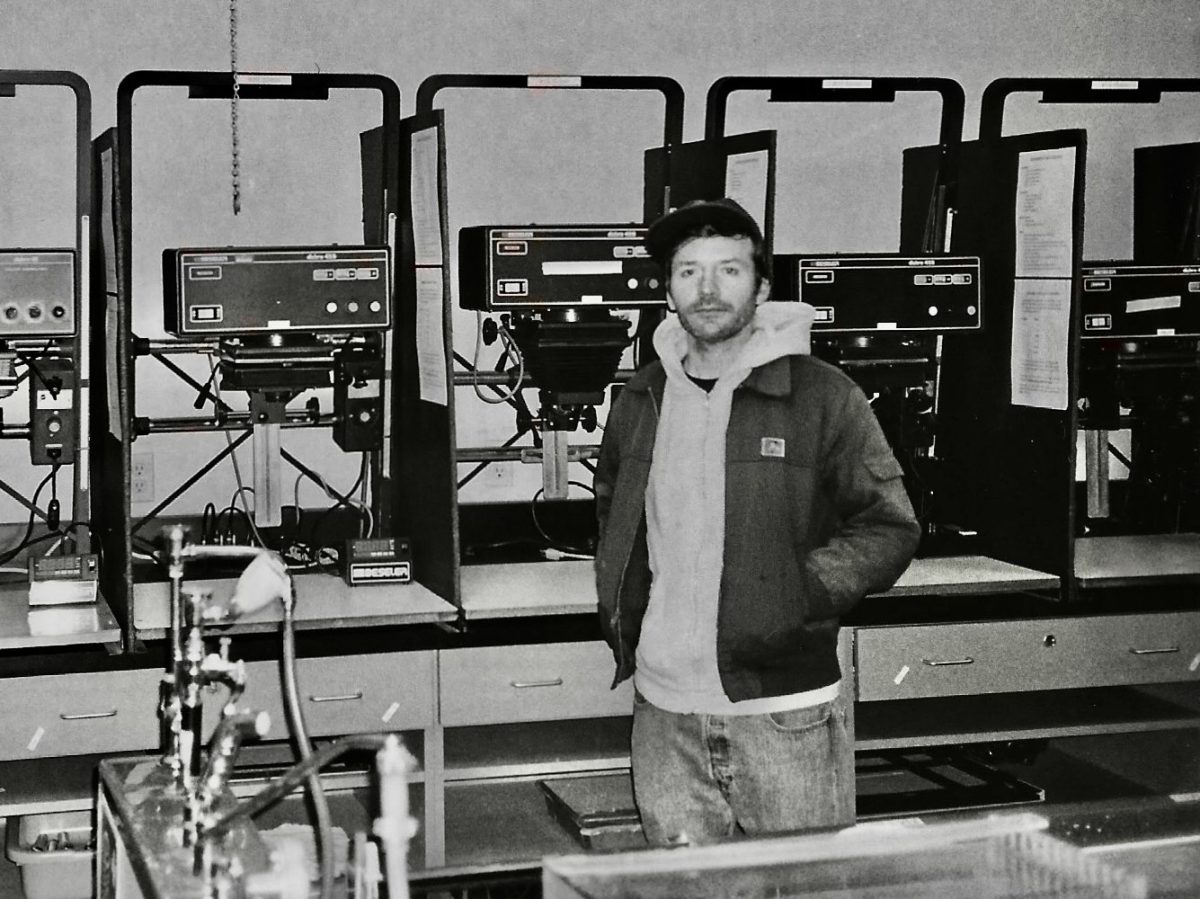
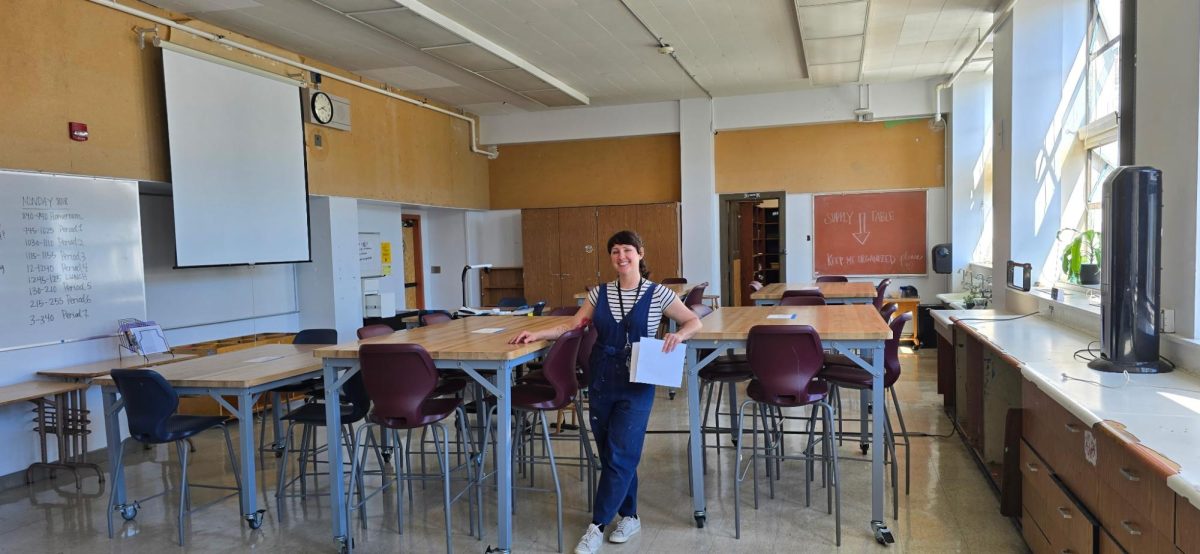
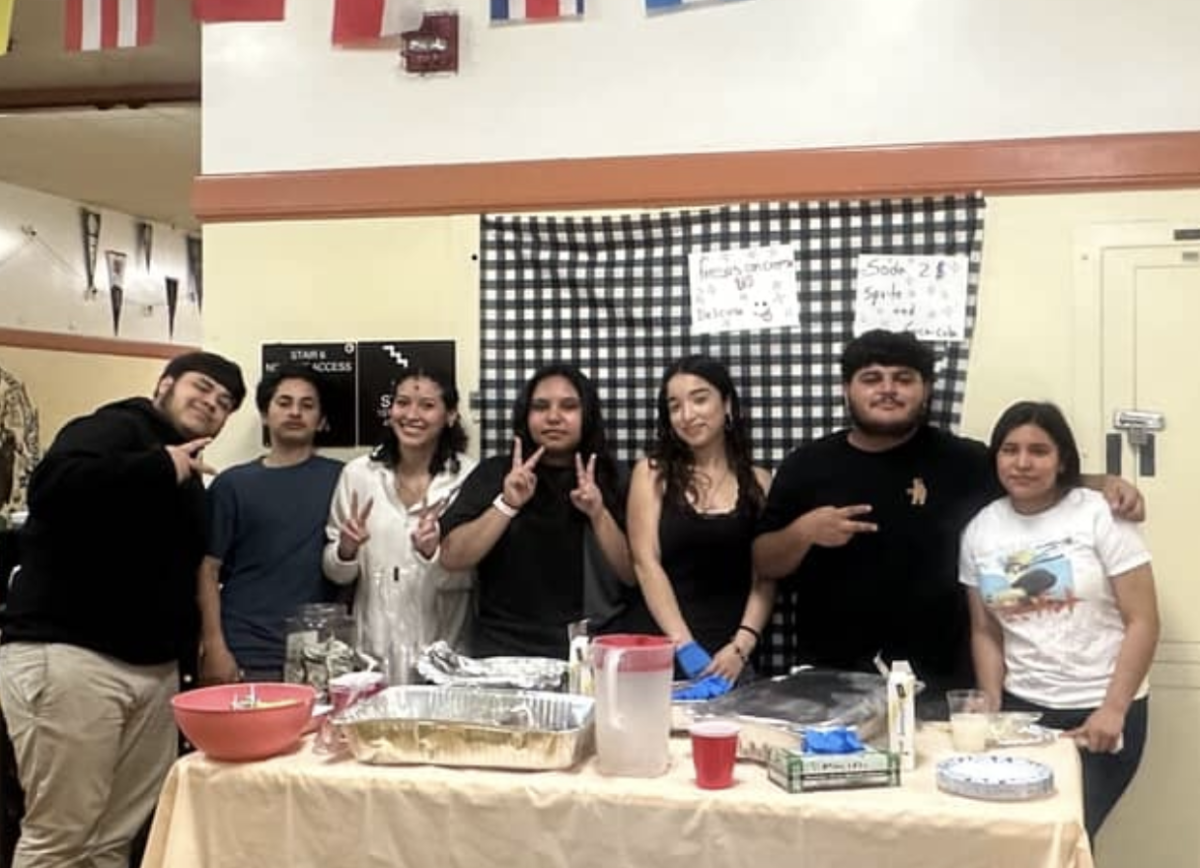
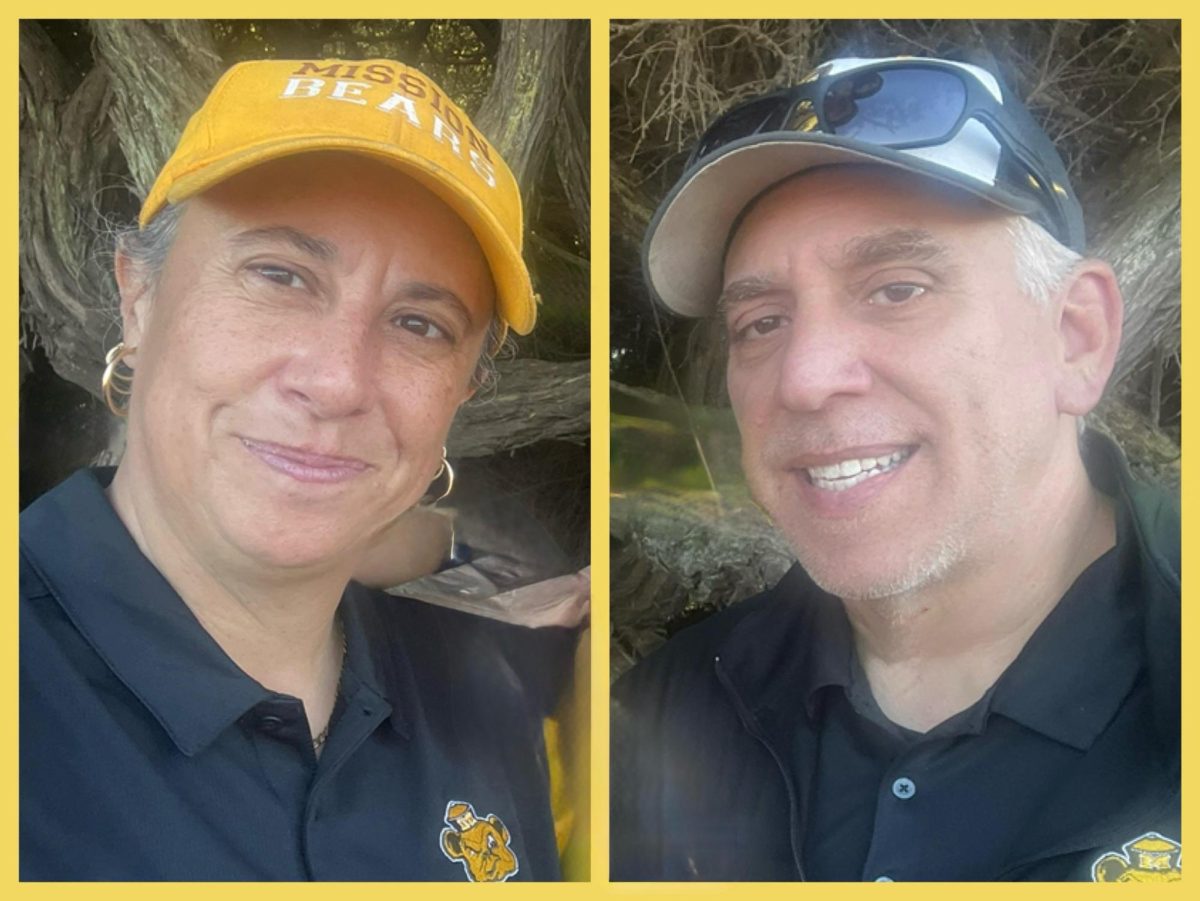


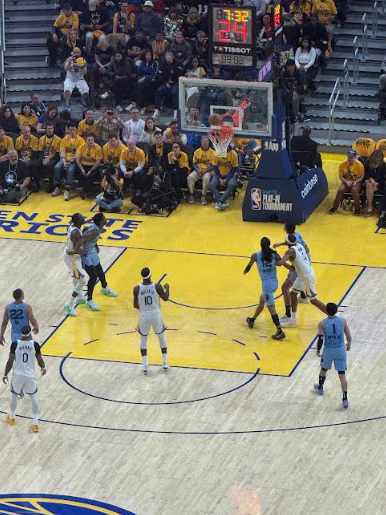
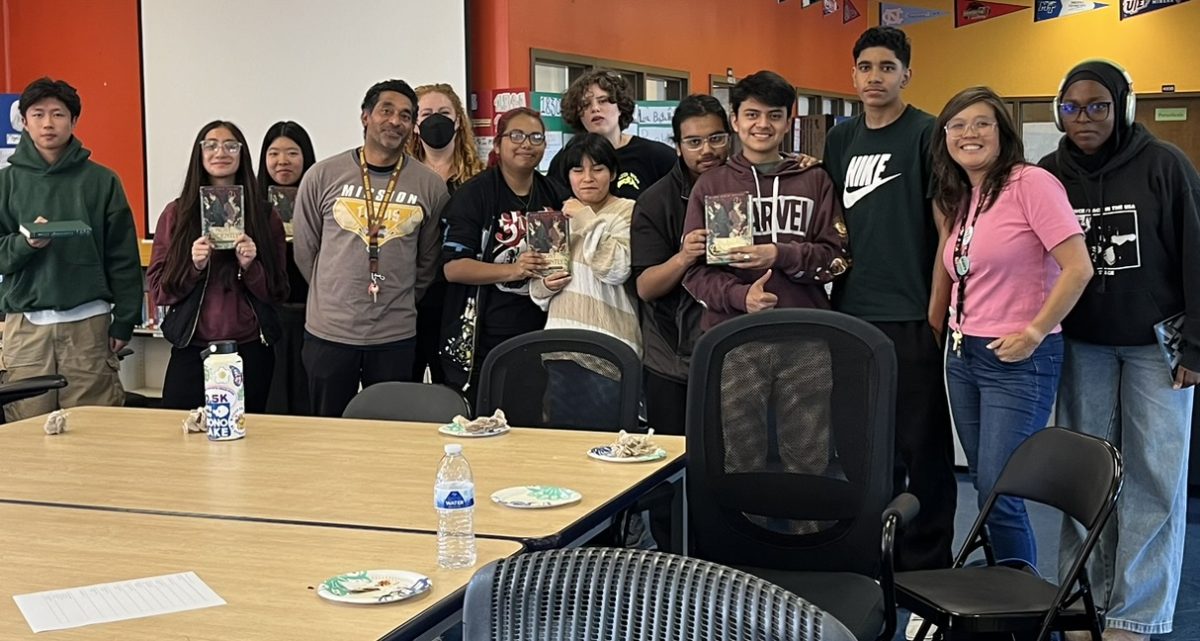
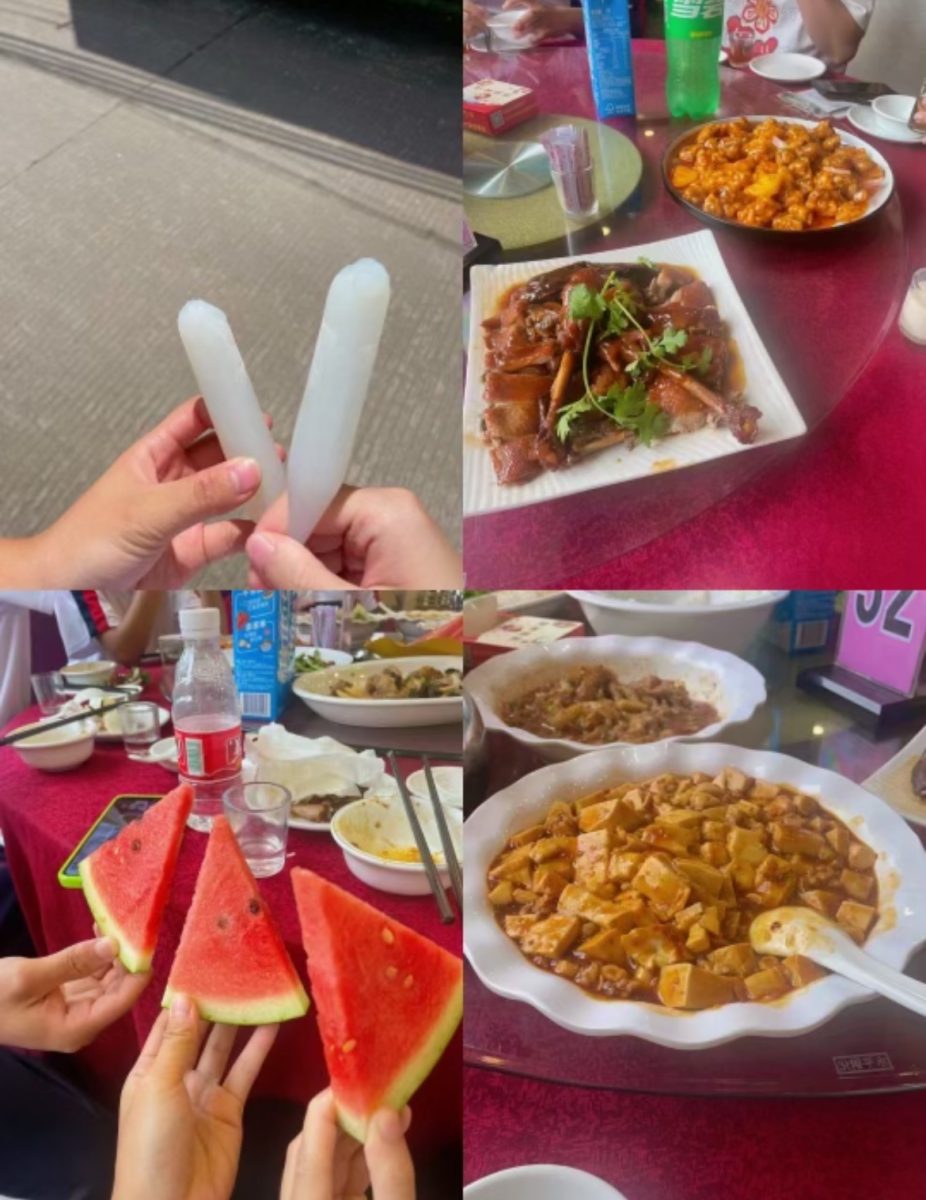
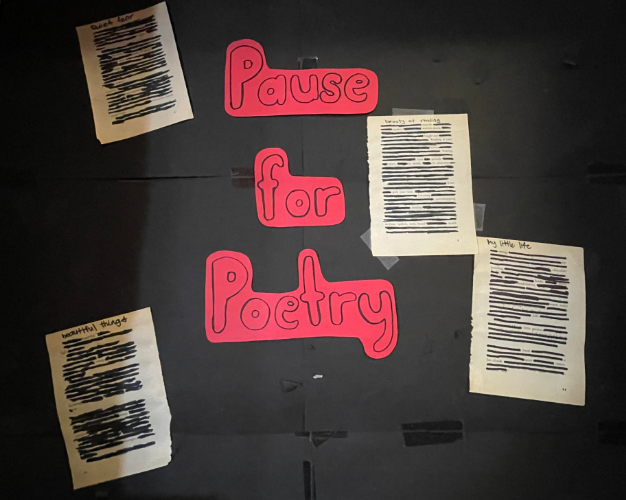
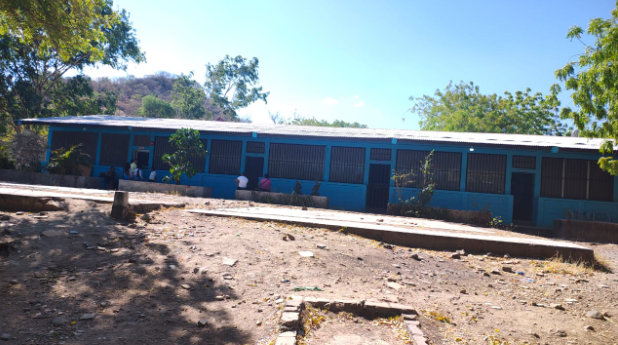
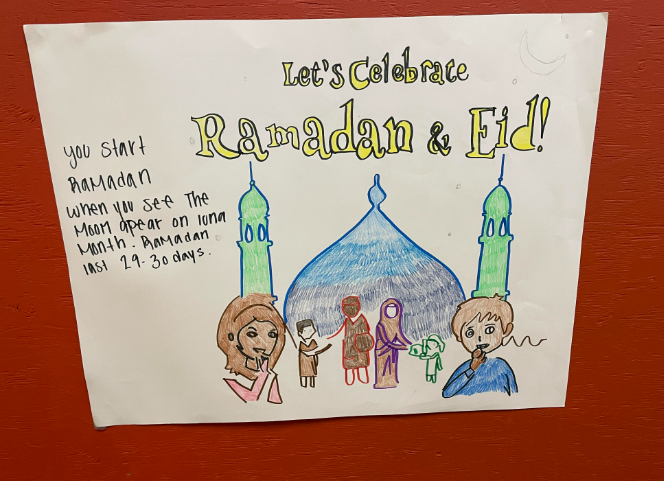
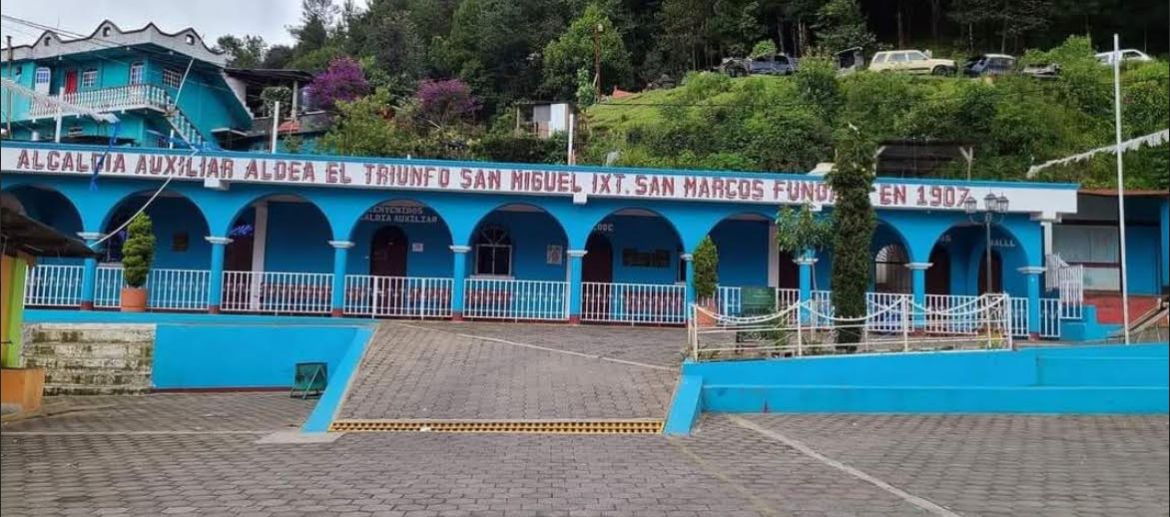
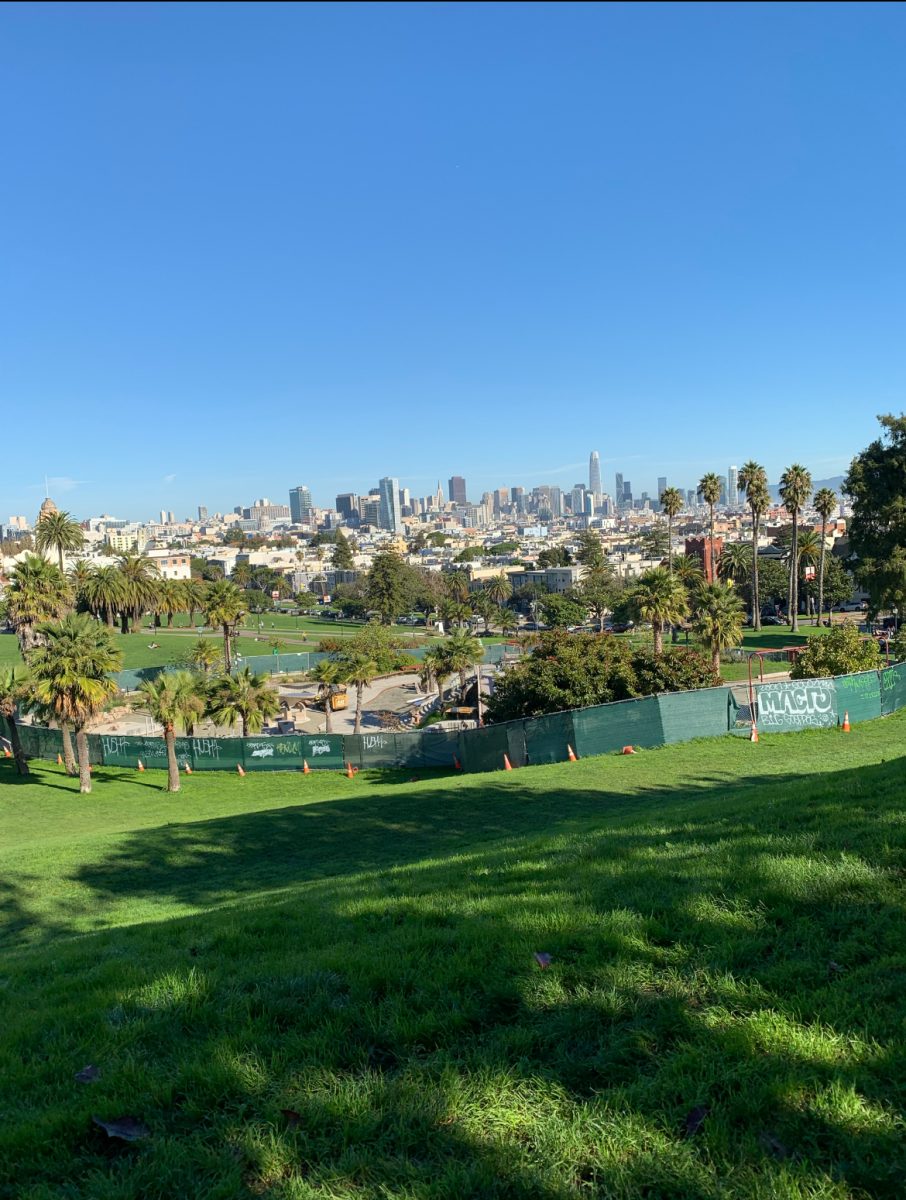
Jose • May 14, 2025 at 6:38 pm
de mi parte pase por ESO y por ESO le e Perdido A mi hija que cada dia se super y que se esfuerze para su propio futuro.